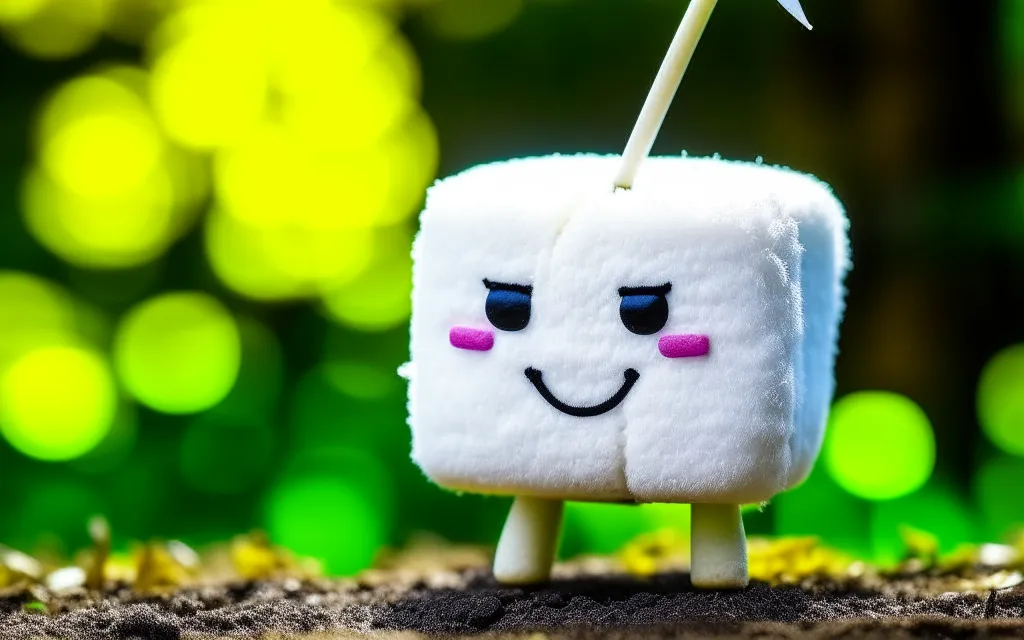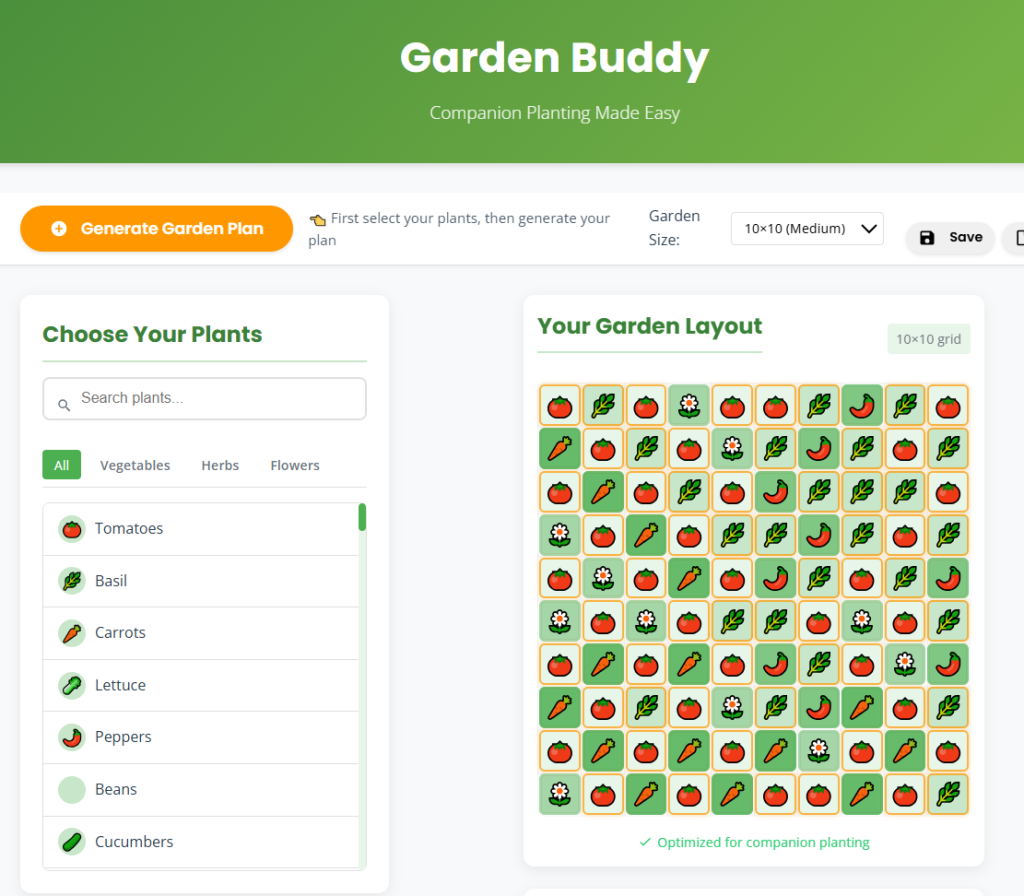
The Marvelous Marshmallow: Growing Tips and Companion Planting Advice
Hey there, fellow gardening enthusiast! If you’ve ever nibbled on a fluffy marshmallow or toasted one over a campfire, you might be intrigued by the plant behind this delightful treat. Let me share my insights on growing marshmallow (Althaea officinalis), its history, and even the benefits of companion planting with this remarkable herb.
I. Introduction
Marshmallow is a perennial herb that’s not just a candy connoisseur’s dream. It thrives in moist, well-drained soil and loves a sunny spot in the garden. If you’re considering adding marshmallow to your green sanctuary, keep in mind that it can reach heights of 3 to 4 feet! Before diving into hoeing and planting, let me whisk you away through its interesting past and growing requirements.
The marshmallow plant has roots that date back to ancient Egypt where they used the sap from its roots to make a sweet treat. This delectable concoction evolved over time, becoming the marshmallow we know today. Isn’t that fascinating? Fast forward to today, and you’ll find that many folks grow marshmallow not only for its culinary uses but also for its lovely flowers that attract pollinators.
You can grow marshmallow in several ways: traditionally in the ground or more creatively, like vertically with trellises or in containers. It can make a beautiful addition to your garden, especially if you opt for colorful varieties like the common marshmallow or the more vibrant ‘Zebrina’ with its striking pink flowers.
II. Benefits of Companion Planting for Marshmallow
Why Companion Planting Matters
Now, have you ever heard of companion planting? It’s a gardening strategy where certain plants are grown together to enhance each other’s growth. Imagine giving your marshmallow a helping hand with some good pals! Let me share some fabulous benefits of companion planting with marshmallows.
What are Good Companion Plants for Marshmallow?
When thinking about what to plant alongside marshmallow, I can’t help but get excited about two excellent choices: asparagus and strawberries. Let’s take a closer look!
Plants to Avoid
When it comes to marshmallow, I must say that there’s quite a silver lining—there aren’t any well-documented plants to avoid. Marshmallow is generally a good-natured companion! However, to keep everything healthy, consider spacing them out a bit. For instance, maintain a distance of 12 to 18 inches between the marshmallow and its companion plants like asparagus and strawberries. This space allows for proper air circulation and prevents any potential sprawl over one another.
Wrapping It Up
So there you have it! With an understanding of marshmallow’s history, growing requirements, and the beautiful companionship it forms, you’re well on your way to cultivating your own little patch of marshmallow magic. Whether you opt for traditional planting or experiment with vertical gardening, just remember to invite some asparagus and strawberries into the mix. Happy gardening! And if you ever need a hand or have questions along the way, feel free to hop over the fence and ask. I’m always here to help!
Planting Guidelines for Companion Plants to Marshmallow
Hey there, fellow gardening enthusiast! If you’re like me, you love experimenting in the garden, especially when it comes to companion planting. It’s a fantastic way to see your plants thrive together, and today, I’ll share some specific spacing recommendations for companion plants that’ll help your Marshmallow soar to new heights. Let’s dig into it!
General Spacing Guidelines
As a general rule, you want to give each plant enough space to breathe while still benefiting from their companions. For Marshmallow, here’s what I recommend:
Now, let’s break down specific guidelines based on the height and growth patterns of different companion plants.
Tall Companions
Tall plants can provide essential shade and support for your Marshmallow. Here’s what you should consider:
Worried about overcrowding? Keep an eye on your garden’s sunlight needs. Tall plants can really block light, so adjust accordingly!
Low-Growing Companions
Low-growing plants can help keep the soil temperature steady and minimize weeds. Here’s how to position them:
Make sure you keep in mind that some of these low-growing herbs might spread over time, so always check their growth patterns!
Strongly Aromatic Companions
Aromatic plants can deter pests while enhancing flavors. Here’s what you’ll want to do:
Remember, herbs like Mint can be pretty aggressive in the garden, so keep that in mind when determining spacing!
Nutrient-Heavy Feeders
These are powerhouses that draw a lot of nutrients, so it’s important to adjust accordingly:
Given that these plants need a bit more TLC, monitor soil health closely, and consider adding compost as needed.
Spreading or Vining Companions
Vining plants can create a lush environment but need additional space to sprawl:
When planting vining companions, consider using trellises if you’re short on space. It’ll keep things organized and looking great!
Bonus Tip!
It’s always smart to adjust these recommendations based on individual plant requirements and your specific garden conditions. For instance, if your soil is heavier, you might want to space plants a bit further apart to improve airflow.
Companion Planting Summary
Asparagus
Asparagus pairs well with tomatoes, peppers, and even basil. These plants can help repel pests while giving asparagus plenty of room to grow tall. Just remember, asparagus has a long life cycle, so think about how your garden evolves over the years!
Strawberries
Strawberries thrive alongside onions and spinach. Onions can help deter pests like aphids, while spinach adds a lovely touch to your garden. Make sure to keep these companions spaced properly to allow for good air circulation.
With these guidelines in hand, your Marshmallow and its companions will have all they need to flourish. Happy planting, and may your garden be filled with vibrant blooms and delicious harvests!

Leave a Reply